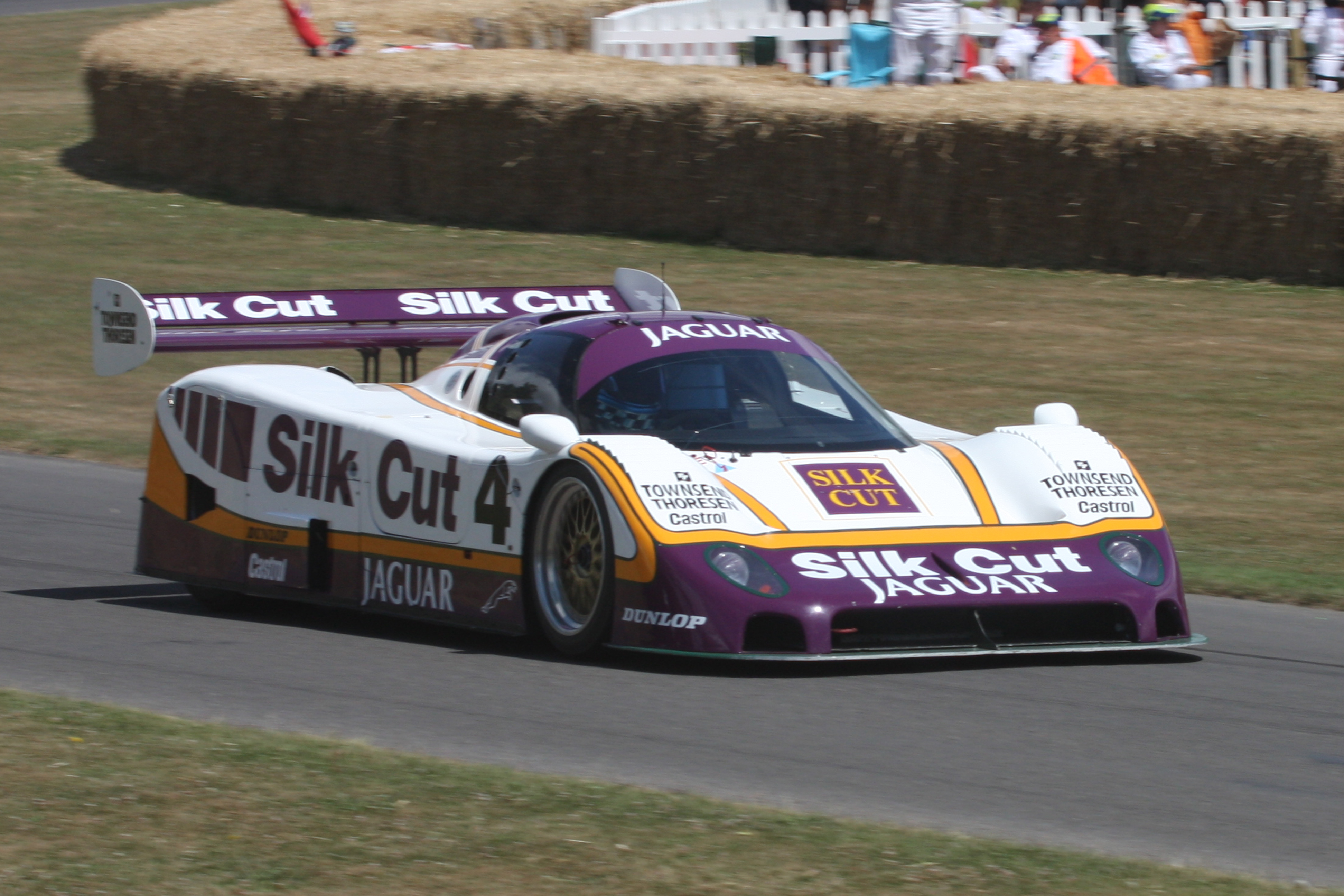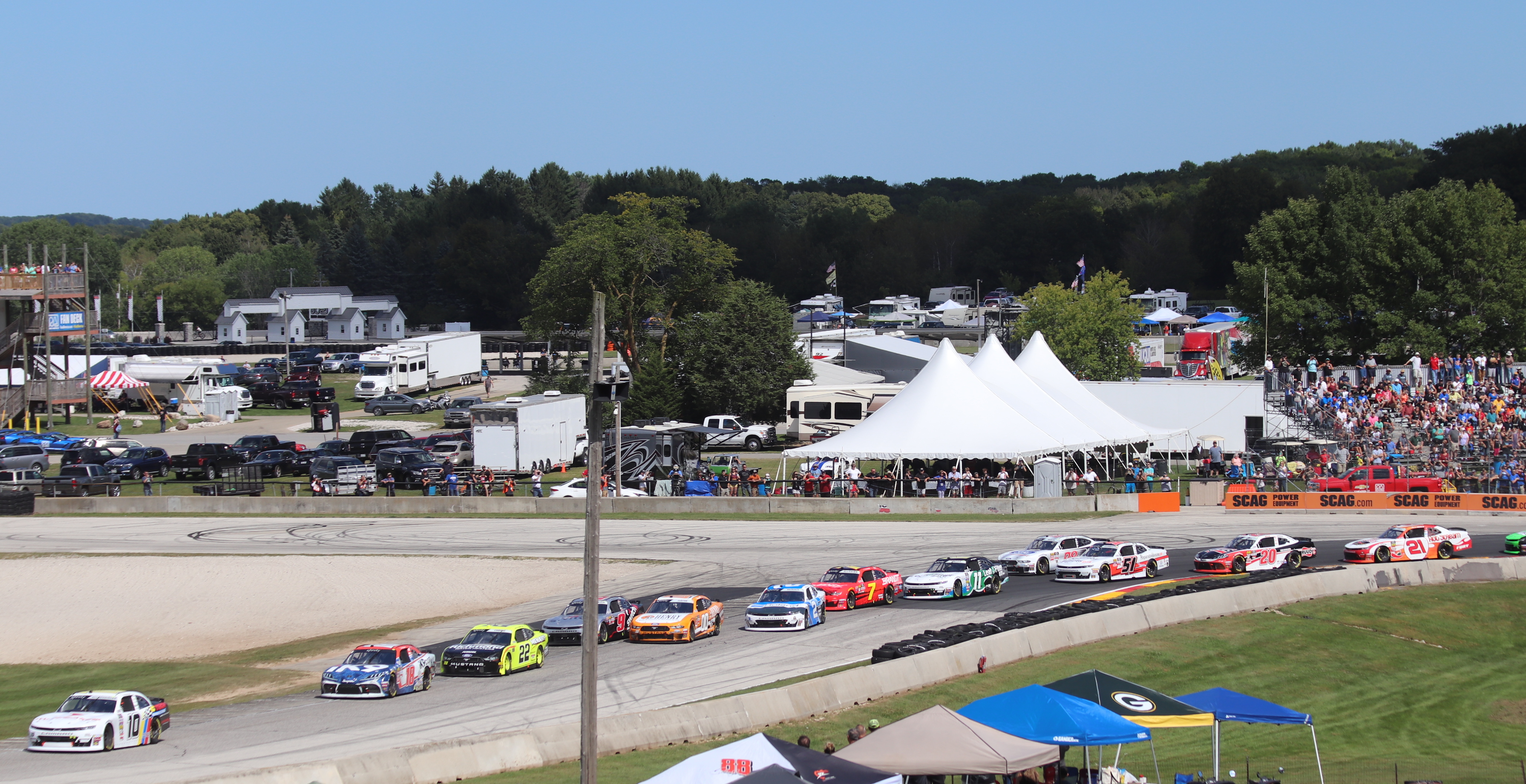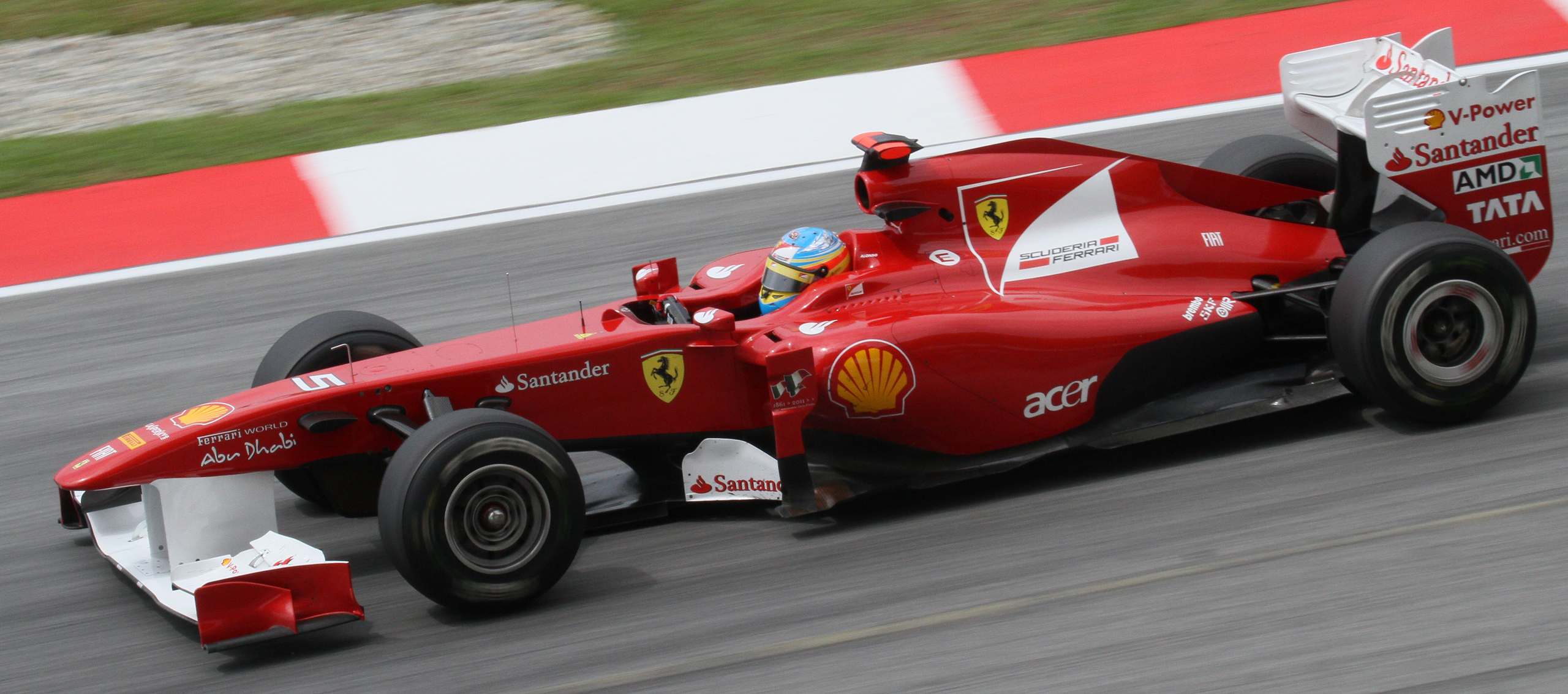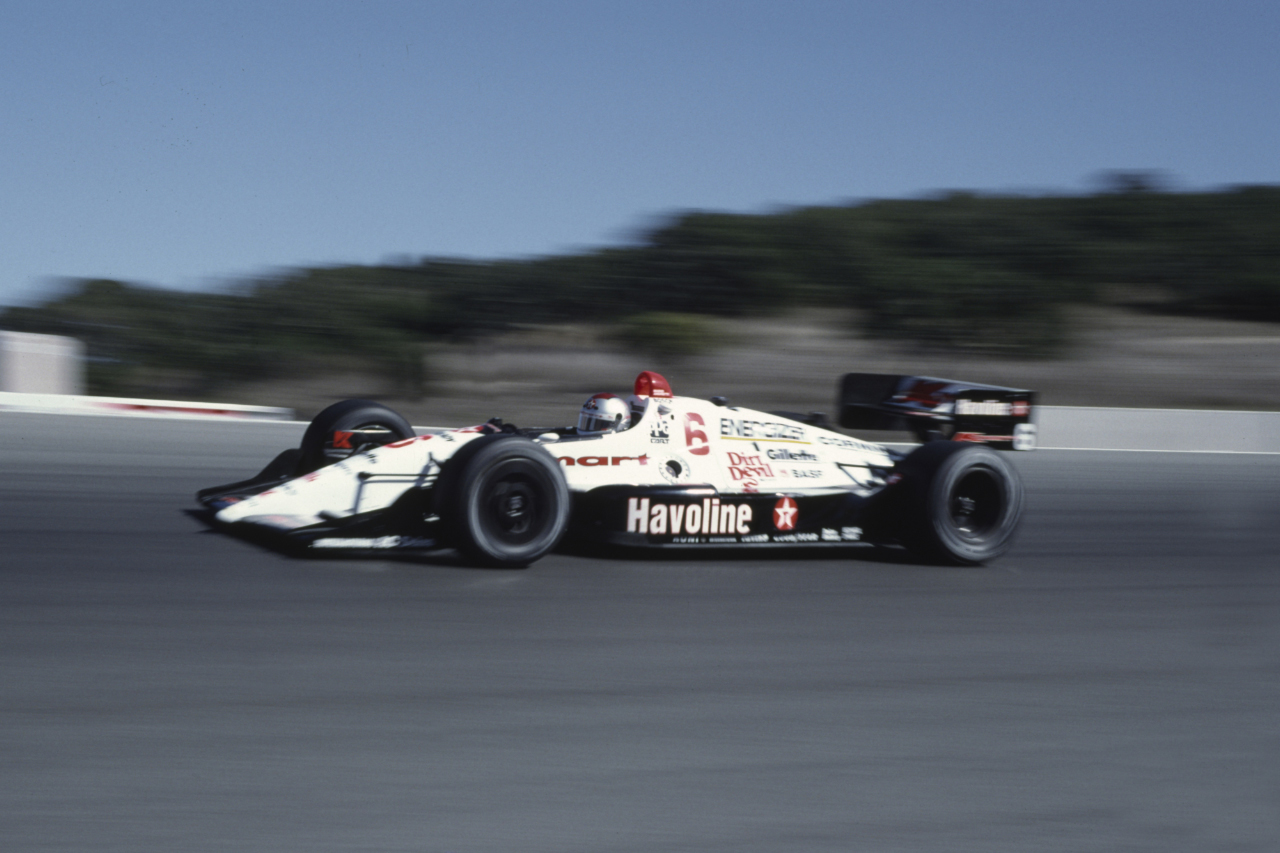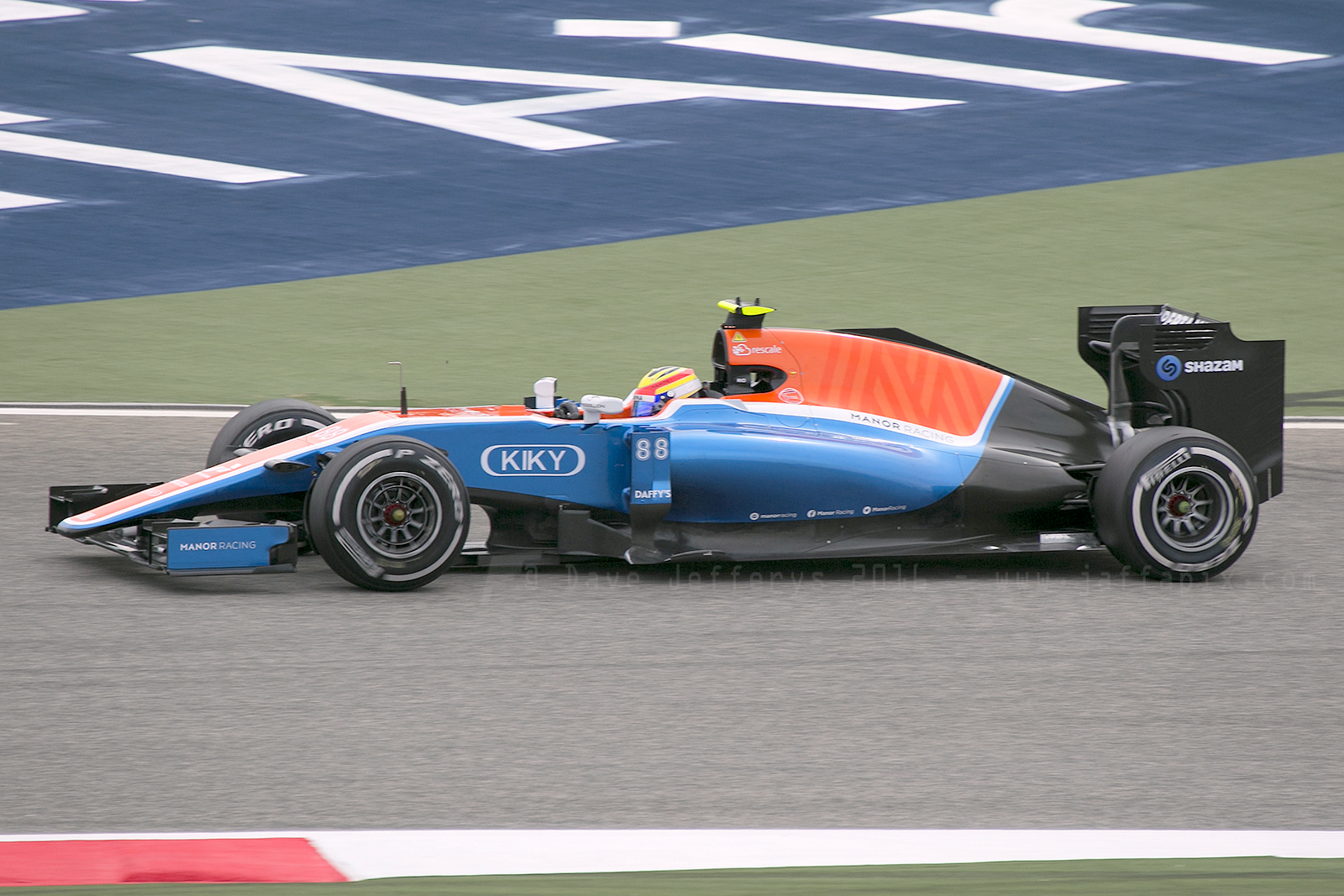|
Talon MHS-II
The Talon MHS-II was a short-lived Can-Am sports prototype racing car, built by Talon in 1977. Fitted with a 5-litre Chevrolet V8 engine, the car proved to be unsuccessful, as it never finished a race. Racing history The Talon MHS-II was built by Talon in 1977 for the Can-Am series. It used a 5-litre Chevrolet V8 engine, and was driven by Hunter Harris. It made its debut at the second race of the season, held at Laguna Seca Raceway; however, Harris retired the car after 32 laps, and was classified eleventh. Having missed the third race of the season, Harris returned for the next round, held at Road America Road America is a motorsport Road racing, road course located near Elkhart Lake, Wisconsin on Wisconsin Highway 67. It has hosted races since the 1950s and currently hosts races in the IndyCar Series, IMSA SportsCar Championship, Sports Car Club ...; this time after 27 laps due to a broken gear, being classified in 16th. He would not compete again until the eighth round of ... [...More Info...] [...Related Items...] OR: [Wikipedia] [Google] [Baidu] |
Can-Am
The Canadian-American Challenge Cup, or Can-Am, was an SCCA/ CASC sports car racing series from 1966 to 1974, and again from 1977 to 1987. The Can-Am rules were deliberately simple and placed few limits on the entries. This led to a wide variety of unique car body designs and powerful engine installations. Notable among these were Jim Hall's Chaparrals and entries with over 1,000 horsepower. History Can-Am started out as a race series for Group 7 sports racers with two races in Canada (''Can'') and four races in the United States of America (''Am''). The series was initially sponsored by Johnson Wax. The series was governed by rules called out under the FIA Group 7 category with unrestricted engine capacity and few other technical restrictions. The Group 7 category was essentially a Formula Libre for sports cars; the regulations were minimal and permitted unlimited engine sizes (and allowed turbocharging and supercharging), virtually unrestricted aerodynamics, and were a ... [...More Info...] [...Related Items...] OR: [Wikipedia] [Google] [Baidu] |
Sports Prototype
A sports prototype, sometimes referred to simply as a prototype, is a type of Auto racing, race car that is used in high-level categories of sports car racing. They are purpose-built auto-sports race cars, as opposed to production-car based or street-legal, low-volume Homologation (motorsport), homologation specials – thus entirely not intended for consumer purchase, or production beyond the fabrication of the (nearly) unique cars entered into races and in race-car competition classes or "formulas", with sufficiently open regulations to allow for vehicles of unique design to partake. Prototype racing cars have competed in sports car racing since before World War II, but became the top echelon of sports cars in the 1960s as they began to replace Homologation (motorsport), homologated sports cars. Current Automobile Club de l'Ouest, ACO regulations allow most sports car series to use two forms of cars: ''grand tourers (GT cars)'', which are strictly based on production street ca ... [...More Info...] [...Related Items...] OR: [Wikipedia] [Google] [Baidu] |
Sports Prototypes
A sports prototype, sometimes referred to simply as a prototype, is a type of race car that is used in high-level categories of sports car racing. They are purpose-built auto-sports race cars, as opposed to production-car based or street-legal, low-volume homologation specials – thus entirely not intended for consumer purchase, or production beyond the fabrication of the (nearly) unique cars entered into races and in race-car competition classes or "formulas", with sufficiently open regulations to allow for vehicles of unique design to partake. Prototype racing cars have competed in sports car racing since before World War II, but became the top echelon of sports cars in the 1960s as they began to replace homologated sports cars. Current ACO regulations allow most sports car series to use two forms of cars: ''grand tourers (GT cars)'', which are strictly based on production street cars, and ''sports prototypes'', which are allowed a great amount of flexibility within set ru ... [...More Info...] [...Related Items...] OR: [Wikipedia] [Google] [Baidu] |
Can-Am Cars
The Canadian-American Challenge Cup, or Can-Am, was an SCCA/ CASC sports car racing series from 1966 to 1974, and again from 1977 to 1987. The Can-Am rules were deliberately simple and placed few limits on the entries. This led to a wide variety of unique car body designs and powerful engine installations. Notable among these were Jim Hall's Chaparrals and entries with over 1,000 horsepower. History Can-Am started out as a race series for Group 7 sports racers with two races in Canada (''Can'') and four races in the United States of America (''Am''). The series was initially sponsored by Johnson Wax. The series was governed by rules called out under the FIA Group 7 category with unrestricted engine capacity and few other technical restrictions. The Group 7 category was essentially a Formula Libre for sports cars; the regulations were minimal and permitted unlimited engine sizes (and allowed turbocharging and supercharging), virtually unrestricted aerodynamics, and were as cl ... [...More Info...] [...Related Items...] OR: [Wikipedia] [Google] [Baidu] |
Riverside International Raceway
Riverside International Raceway (sometimes known as Riverside, RIR, or Riverside Raceway) was a motorsports race track and road course established in the Edgemont area of Riverside County, California, just east of the city limits of Riverside and east of Los Angeles, in 1957. In 1984, the raceway became part of the newly incorporated city of Moreno Valley. Riverside was noted for its hot, dusty environment, which was a dangerous challenge for drivers. It was also considered one of the finest tracks in the United States. The track was in operation from September 22, 1957, to July 2, 1989, with the last race, The Budweiser 400, won by Rusty Wallace, held in 1988. After that final race, a shortened version of the circuit was kept open for car clubs and special events until 1989. History The racetrack was originally called The Riverside International Motor Raceway, and it was built in early 1957 by a company called West Coast Automotive Testing Corp. The head of West Coast Au ... [...More Info...] [...Related Items...] OR: [Wikipedia] [Google] [Baidu] |
Sears Point International Raceway
Sonoma Raceway (originally known as Sears Point Raceway, Golden State International Raceway and Infineon Raceway) is a road course and dragstrip located at Sears Point in the southern Sonoma Mountains of Sonoma County, California. The road course features 12 turns on a hilly course with of total elevation change. It is host to one of the few NASCAR Cup Series races each year that are run on road courses. It has also played host to the IndyCar Series, the NHRA Mission Foods Drag Racing Series, and several other auto races and motorcycle races such as the American Federation of Motorcyclists series. Sonoma Raceway continues to host amateur, or club racing events with some open to the public. The largest such car club is the Sports Car Club of America. The track is north of San Francisco and Oakland. With the closure of Riverside International Raceway in Moreno Valley, California to make way for the Moreno Valley Mall after the 1988 racing season, NASCAR wanted a West Coast r ... [...More Info...] [...Related Items...] OR: [Wikipedia] [Google] [Baidu] |
Road America
Road America is a motorsport Road racing, road course located near Elkhart Lake, Wisconsin on Wisconsin Highway 67. It has hosted races since the 1950s and currently hosts races in the IndyCar Series, IMSA SportsCar Championship, Sports Car Club of America GT World Challenge America and Trans-Am Series and the MotoAmerica Superbike Championship. Current track and facilities Road America is a permanent road course. It is located midway between the cities of Milwaukee and Green Bay, Wisconsin, Green Bay, and classified as an Fédération Internationale de l'Automobile, FIA List of motor racing circuits by FIA Grade#Grade Two, Grade Two circuit. The track is situated on near the Kettle Moraine Scenic Drive. It has hosted races since September 1955 and currently hosts over 400 events a year. Of its annual events, 9 major weekends are open to the public which include 3 motorcycle events including the MotoAmerica (AMA FIM) series, 3 vintage car events, Sports Car Club of America (SCCA ... [...More Info...] [...Related Items...] OR: [Wikipedia] [Google] [Baidu] |
Auto Racing
Auto racing (also known as car racing, motor racing, or automobile racing) is a motorsport involving the racing of automobiles for competition. In North America, the term is commonly used to describe all forms of automobile sport including non-racing disciplines. Auto racing has existed since the invention of the automobile. Races of various types were organized, with the first recorded as early as 1867. Many of the earliest events were effectively Classic trials, reliability trials, aimed at proving these new machines were a practical mode of transport, but soon became an important way for automobile makers to demonstrate their machines. By the 1930s, specialist racing cars had developed. There are now numerous different categories, each with different rules and regulations. History The first prearranged match race of two self-powered road vehicles over a prescribed route occurred at 4:30 A.M. on August 30, 1867, between Ashton-under-Lyne and Old Trafford, England, a di ... [...More Info...] [...Related Items...] OR: [Wikipedia] [Google] [Baidu] |
Laguna Seca Raceway
Laguna Seca Raceway (branded as WeatherTech Raceway Laguna Seca, and previously Mazda Raceway Laguna Seca for sponsorship reasons) is a paved road racing track in central California used for both auto racing and motorcycle racing, built in 1957 near both Salinas and Monterey, California, United States. The racetrack is long, with a elevation change. Its eleven turns are highlighted by the circuit's signature turn, the downhill-plunging "Corkscrew" at Turns 8 and 8A. A variety of racing, exhibition, and entertainment events are held at the raceway, ranging from superkarts to sports car racing to music festivals. Laguna Seca is classified as an FIA Grade Two circuit. The name Laguna Seca is Spanish for ''dry lake'': the area where the track now lies was once a lake, and the course was built around the dry lake bed. After the course was reconfigured, two artificial ponds were added. History The earliest development of the local area occurred in 1867 with the founding o ... [...More Info...] [...Related Items...] OR: [Wikipedia] [Google] [Baidu] |
Talon (automotive)
Talon or talons may refer to: Science and technology * Talon (anatomy), the claw of a bird of prey * TALON (database), a database maintained by the US Air Force * Brodifacoum, a rodenticide, also known as the brand Talon * an anti-vehicle-ramming spike strip-like net Entertainment and media * Talon (cards), in some card games, the remainder of a deck of cards * Talon (''Smallville''), a fictional coffee shop in the TV series * Talon (roller coaster), an inverted roller coaster at Dorney Park & Wildwater Kingdom * ''Talon'', a 2014 novel by Julie Kagawa * ''The Talon'', the newspaper of Los Altos High School, US Fictional characters * Talons, assassins of the Court of Owls in DC Comics * Talon (DC Comics), a character from ''Teen Titans'' * Talon, a character from ''Static Shock'' * Talon (''Transformers''), an autobot from ''Transformers'' * Talon, a character from ''The Legend of Zelda: Ocarina of Time'' * Talon Karrde, a character from ''Star Wars'' * Talon Maza, a charac ... [...More Info...] [...Related Items...] OR: [Wikipedia] [Google] [Baidu] |
1977 Can-Am Season
The 1977 Can Am season was the tenth running of the Sports Car Club of America's prototype-based series. Despite the revived name, however, the new series was entirely unrelated to the previous series which had folded in 1974. Most of the competitive cars were based on Formula 5000 chassis. Also, the first time under 2-litre cars were allowed to race, but with no separate class. Patrick Tambay was the season champion, winning six of the nine races that year for Carl Haas. While Lola chassis dominated the series, a Chevrolet powered Schkee DB1 driven by Tom Klausler won the first race at Mont Tremblant. Other competitive cars included the 1974 champions Shadow, who now used Dodge engines and Wolf with a Dallara-built chassis. While Chevrolet was not the only engine supplier, they swept the entire season. This season also marked a resurgence of interest in SCCA events, with Can Am accompanying F5000 and the Trans Am Series The Trans-Am Series presented by Pirelli is a ... [...More Info...] [...Related Items...] OR: [Wikipedia] [Google] [Baidu] |
Mid-engine
In automotive engineering, a mid-engine layout describes the placement of an automobile engine in front of the rear-wheel axles, but behind the front axle. History The mid-engine, rear-wheel-drive format can be considered the original layout of automobiles. A 1901 Autocar was the first gasoline-powered automobile to use a drive shaft and placed the engine under the seat. This pioneering vehicle is now in the collection of the Smithsonian Institution. Benefits Mounting the engine in the middle instead of the front of the vehicle puts more weight over the rear tires, so they have more traction and provide more assistance to the front tires in braking the vehicle, with less chance of rear-wheel lockup and less chance of a skid or spin out. If the mid-engine vehicle is also rear-drive the added weight on the rear tires can also improve acceleration on slippery surfaces, providing much of the benefit of all-wheel-drive without the added weight and expense of all-wheel-drive co ... [...More Info...] [...Related Items...] OR: [Wikipedia] [Google] [Baidu] |

